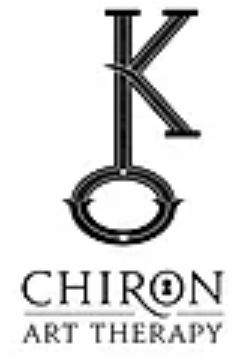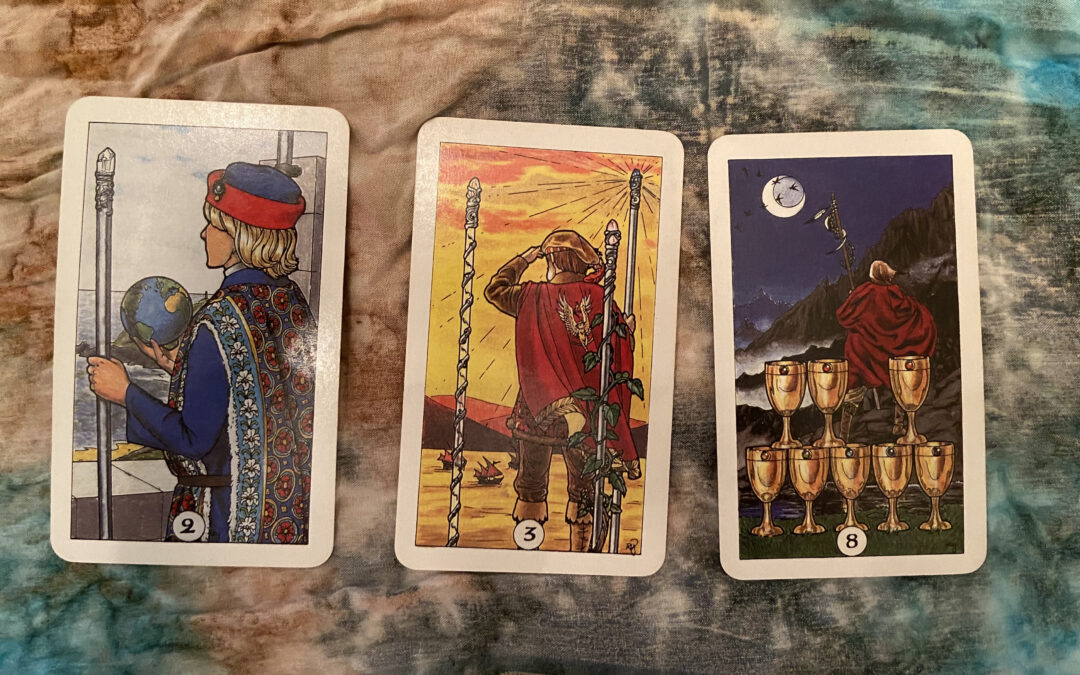You may have heard of the hero’s journey or even the heroine’s journey. These terms relate the individuation process. One of the things that is different about Jungian theory and depth therapy is that it helps you figure out who you are and take the path that you were meant to lead. The therapist isn’t the “expert” who is there to “fix” you. You also don’t have to know what your goals are or where you want to end up in the end. It’ is an exploration process where the therapist holds the space for you and witnesses your process, helping you gain clarity and shed old patterns that aren’t serving you anymore. One of the main things I work with my clients is their hero/heroine’s journey to individuation.
This idea is what Jung called the process of individuation. It basically means how to act in the world and be with yourself in a way that in uniquely your own and true to your inner calling. So if you’ve been wondering things like:
- Who am I?
- What do I want out of my life now?
- How do I figure out who I am?
- How do I make peace with myself?
Then you are being called to your own individuation process. I talk more about how this works in therapy on my depth page.
Today my post on the topic of individuation is going to take a bit of a different perspective; I’m going to talk about the personal journey. The hero’s journey, is detailed by Joseph Campbell and recounted in many stories such as Gilgamesh, Luke Skywalker in Star Wars, and Paul Atreides in Dune. This archetypal journey speaks to us on such a powerful level because it is also the story of the individual human journey. The journey is fraught with uncertainties, perils, and loneliness, however, it is also the story of personal development, self-knowledge, faith, hope, and triumph.
One of my favorite books of a woman on such a journey is Elizabeth Gilbert’s best-selling memoire Eat Pray Love. She goes from being miserable and stuck in an unsatisfying marriage, struggles with depression, fear, and self-doubt. However, something inside of her yearns for something more. This yearning is the call of her destiny. She is able to summon courage within herself to listen to the a “crazy” idea to travel and write about her travels. She recognizes the necessity of change in her life and is able to lean in to the fear and doubt and push back against it. Her willingness to listen to the small voice of inspiration and risk failure became a catalyst for literary success. Throughout her writing she also is able to capture the movements of her internal world with vulnerability and authenticity. The archetypal underpinning of this self-discovery journey is the key to how her raw experience is elevated to the realm of universal relatability and of fine art.
The cards I have added for this post is another set of archetypal images from the Robin Wood tarot deck. I kept thinking about these cards are quintessential ones illustrating the hero’s journey and the path of individuation. The figure goes from looking out over wall or fortress of some sort (maybe a home or castle) in the 2 of wands. They hold the world in their hands, suggesting wanderlust and look at the horizon over the vastness the sea. The security of home falls away. The second image of the 3 of swords, the figure becomes more dynamic, no longer within the confines of what has been known and has started their journey. Ships on the water suggest movement, commerce, and exploration. The reds and yellows symbolize the fiery illumination of the sun in a liminal space of dawn or dusk. Finally, the third card is the 8 of cups. The figure continues their journey through the night with the sun’s mirror, the moon as their celestial guide. The journey turns inward, reflecting on emotions as inner resources to cross the threshold of the water. Then the figure starts the upward climb of the mountain, continuing their quest.
In all of these cards, the viewer can not see the subject’s face. Furthermore, the viewer can not be sure what the viewer is looking at. Is there something new on the horizon? Is the viewer gazing out and contemplating inward?
These questions can be prompts for inspiration for dialoging with your own art. Ask yourself if what the subject is looking at. What is outside the frame of the composition? What happens next? What is the subject feeling? How do you feel asking these questions? Dialoging with images can be an opportunity for self-discovery. If you aren’t sure where you’re going or what is the next step, imagine in in your visual language. The symbolism contained within may imbue guidance. This is how art therapy works with depth therapy and art therapy can inform you on figuring out who you are in your own hero’s journey and indivuation process.
I work with my clients on such themes to companion with them along their journeys through major life changes. When the energy dries up from one part of the story, it’s time to set out toward the horizon to find what the next chapter may hold. You don’t have to know what the end result will be, just have an inkling that you are ready to heed the call for change.

Maggi Colwell
Maggi is a licensed art therapist at Columbus Art Therapy who assists their clients to discover more of themselves through dream analysis, art therapy, shadow work, and depth psychotherapy. They specialize in working with grief and loss as well as c-PTSD. Click the button to sign up for Maggi's newsletter to get notifications about new blogs and upcoming events including workshops, groups, rituals, and art.

